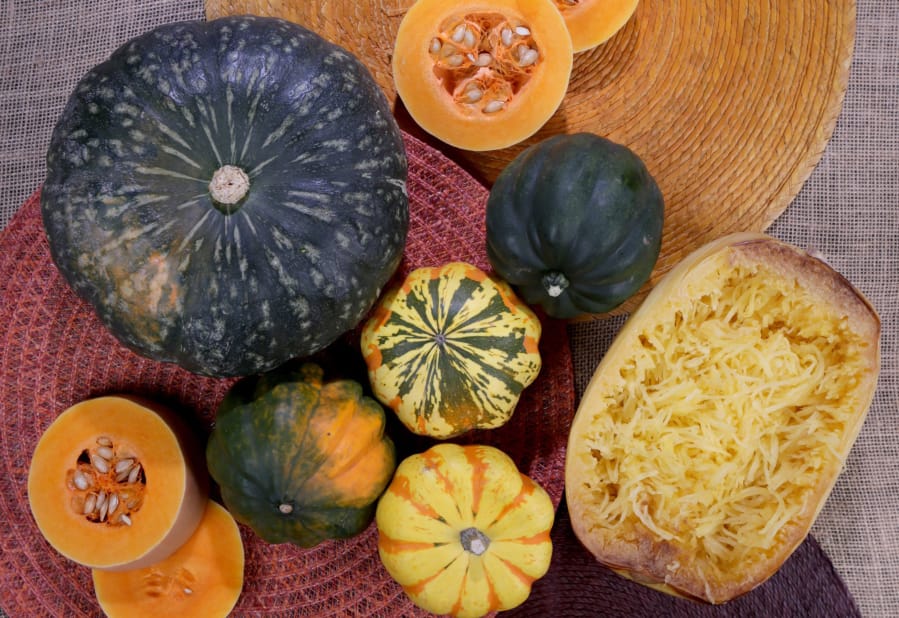Winter squash is the sort of thing I rarely cook because I rarely think about it, and when I do cook it, I always wonder why I don’t think about it more often.
It’s just that good: nutty and hearty and supremely satisfying. It’s a little bit sweet, like a softer version of a sweet potato, and I rarely cook sweet potatoes because I never think about them, either.
Winter squash is the general term for a large number of varieties of squash, but the most common are butternut squash, acorn squash and spaghetti squash. Basically, if it is squash and it has a thick skin and it’s harder to cut than you think it’s going to be, it’s probably winter squash.
Even so, if you want to be technical about it — or even accurate — winter squash is neither grown nor harvested in the winter. We just eat it now because it can easily be kept fresh throughout the season.



